Leg Injuries in Horses
Updated on 04/26/24
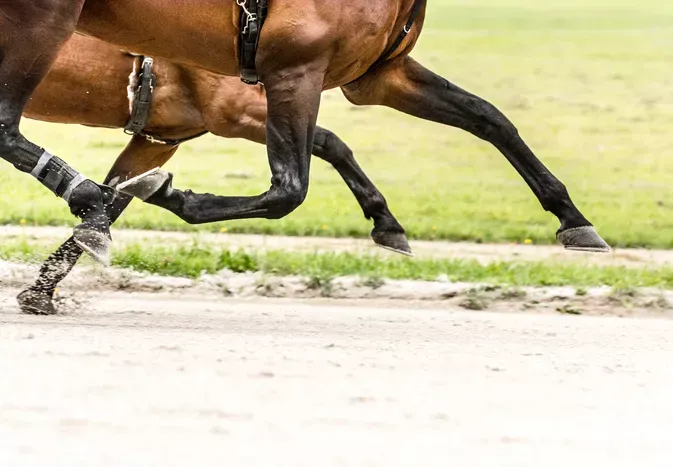
Leg Injuries in Horses: A Comprehensive Guide to Prevention and Management
Leg injuries are one of the most common health concerns for horse owners. They can range from minor sprains to life-threatening fractures, and can have a significant impact on a horse's quality of life.
While some leg injuries are unavoidable, there are many things you can do to help prevent them from happening in the first place. In this blog post, we will discuss the different types of leg injuries in horses, how to prevent them, and how to manage them if they do occur.
Types of Leg Injuries in Horses
Leg injuries in horses can be classified into two main categories: soft tissue injuries and bone injuries.
Soft tissue injuries are injuries to the muscles, tendons, ligaments, and other soft tissues of the leg. They can range from minor strains to complete tears.
Bone injuries are injuries to the bones of the leg. They can range from simple fractures to complex comminuted fractures.
Causes of Leg Injuries in Horses
There are many different factors that can contribute to leg injuries in horses, including:
* Trauma: Leg injuries can be caused by trauma, such as a fall or a collision with another horse.
* Overexertion: Leg injuries can also be caused by overexertion, such as running too hard or jumping too high.
* Conformation: Horses with certain conformation defects are more likely to develop leg injuries. For example, horses with long toes or weak pasterns are more likely to develop tendon injuries.
* Age: Leg injuries are more common in older horses. As horses age, their bones and soft tissues become weaker and more susceptible to injury.
* Nutrition: Horses that are not fed a balanced diet are more likely to develop leg injuries. For example, horses that are deficient in calcium are more likely to develop bone fractures.
Preventing Leg Injuries in Horses
There are many things you can do to help prevent leg injuries in your horse, including:
* Providing your horse with a safe environment: Make sure your horse's paddock or pasture is free of hazards, such as holes or uneven ground.
* Warming your horse up properly before exercise: Warming up helps to prepare your horse's muscles and tendons for activity, which can help to prevent injuries.
* Cooling your horse down properly after exercise: Cooling down helps to reduce inflammation and soreness in your horse's muscles and tendons, which can help to prevent injuries.
* Trimming your horse's hooves regularly: Regular hoof trims help to keep your horse's hooves in good condition, which can help to prevent injuries.
* Feeding your horse a balanced diet: A balanced diet provides your horse with the nutrients it needs to maintain healthy bones and soft tissues.
Managing Leg Injuries in Horses
If your horse does sustain a leg injury, it is important to seek veterinary attention as soon as possible. Your veterinarian will be able to diagnose the injury and recommend the best course of treatment.
Treatment for leg injuries in horses will vary depending on the type and severity of the injury. In some cases, treatment may involve rest, ice, and medication. In other cases, surgery may be necessary.
Prognosis for Leg Injuries in Horses
The prognosis for leg injuries in horses depends on the type and severity of the injury. Some injuries, such as minor sprains, will heal quickly with rest and treatment. Other injuries, such as fractures, may take longer to heal and may require surgery.
In some cases, leg injuries can have a permanent impact on a horse's ability to perform. For example, a horse with a severe tendon injury may never be able to compete in high-level competitions again.
Conclusion
Leg injuries are a common health concern for horse owners. However, by taking steps to prevent injuries and by seeking veterinary attention promptly if an injury does occur, you can help to keep your horse healthy and happy for many years to come.
Examples of Leg Injuries in Horses
* Tendon injuries: Tendon injuries are one of the most common types of leg injuries in horses. They can occur when a tendon is overstretched or torn. Tendon injuries can range from minor strains to complete tears.
* Ligament injuries: Ligament injuries are another common type of leg injury in horses. They can occur when a ligament is overstretched or torn. Ligament injuries can range from minor sprains to complete tears.
* Bone fractures: Bone fractures are injuries to the bones of the leg. They can range from simple fractures to complex comminuted fractures. Bone fractures can be caused by trauma, such as a fall or a collision with another horse.
* Joint injuries: Joint injuries are injuries to the joints of the leg. They can range from minor sprains to complete dislocations. Joint injuries can be caused by trauma, such as a fall or a collision with another horse.
Explore More Pets

Pony Breeds
The Difference Between Horses and Ponies

Horse Diseases & Conditions
What Do I Do If My Horse Colics?
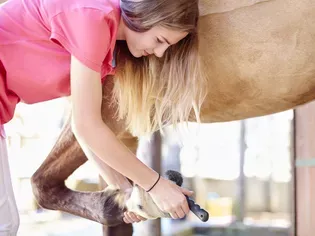
Pony Breeds
Horse and Pony Care by the Day, Week, Month and Year
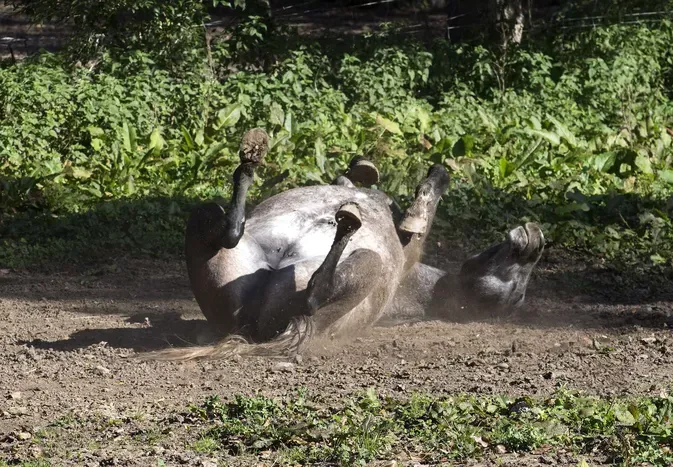
Horse Grooming
Mange in Horses
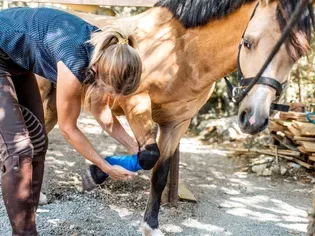
Horse Diseases & Conditions
Grease Heel in Horses

Light Horse Breeds
Gypsy Vanner Horse Breed Profile
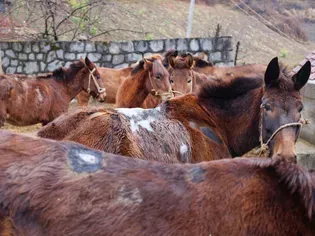
Horse Diseases & Conditions
Girth Galls and Saddle Sores

Pony Breeds
Shetland Pony Breed Profile